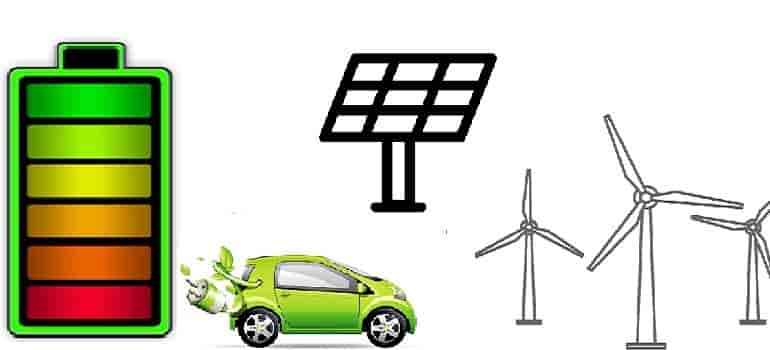
International Energy Agency (IEA) recently said that to meet global EV target by 2025 the world needs battery manufacturing capacity of 1,000 Gigawatt hour (GWh) per year.
IEA said “Assuming that the global auto industry’s announced targets for electric vehicle production are met despite the Covid-19 crisis, around 1,000 GWh of battery manufacturing capacity would be needed in 2025. This output would require equivalent of 50 plants, each on the scale of a Tesla Gigafactory.”
In recent year battery cells manufacturing capacity has increased globally and currently manufacturing operations around the world can produce around 320 GWh of batteries per year for use in electric cars said IEA.
IEA in a note said for clean energy transitions around the world, batteries and hydrogen-producing electrolysers stand out as two important technologies due to their ability to convert electricity into chemical energy and vice versa.
The price of lithium-ion batteries – the key technology for electrifying transport – has declined sharply in recent years after having been developed for widespread use in consumer electronics. Governments in many countries have adopted policies encouraging increased deployment of electric cars, further accelerating the decline in battery prices.
At the same time, the power sector now offers growing opportunities for the use of batteries to support the integration of variable renewables such as wind and solar PV into electricity systems.
As such, lithium-ion batteries are now a technology opportunity for the wider energy sector, well beyond just transport.
IEA said the appropriate level of stimulus packages for battery manufacturing in each country will therefore depend on medium-term targets for renewables integration and road transport electrification. It is likely to require a balancing act between supporting electric cars and highly efficient conventional cars.
IEA further notes “Today, battery and electrolyser manufacturing are capital-intensive activities, but are not necessarily a major job engine. Direct job creation would therefore be limited to specialised profiles in engineering and electrochemistry. However, additional jobs would be likely to come indirectly from the development and maintenance of related infrastructure such as electric vehicle recharging stations.”

